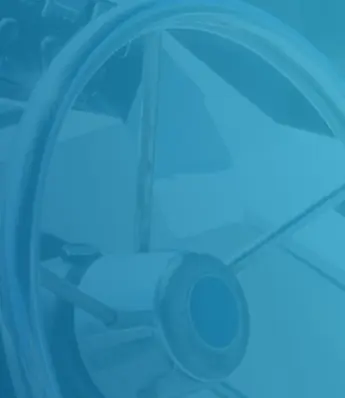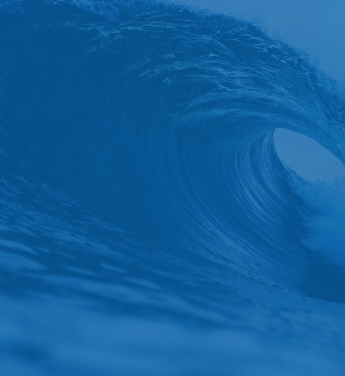Between the market downturn, the proliferation of AI content, and consumers’ desire to conduct their own research for solutions, the competitive landscape is more intense than ever. And effective demand generation is crucial to business success.
However, there is no such thing as a one-size-fits-all demand generation strategy. What works for your competitors might not work for you, and trying to force your buyers into a certain mold only adds to the noise and alienates your ideal client. To stay agile and relevant, your demand generation programs should factor in your audience, how your solution addresses their pain points, and ultimately, whether or not their business aligns with your business goals.
For most demand gen teams, their primary outcomes include expanding brand awareness in the market, increasing high-quality lead generation, and driving pipeline. Building awareness, for example, requires more than just updating your website and taking out an ad. Though these tactics can be successful if done right, it’s important to craft awareness campaigns that align with your business goals and are part of a more holistic approach. As such, demand generation is more effective when teams apply omnichannel marketing strategies, combining multiple tactics to create a unique and enjoyable experience for potential clients.
As such, developing powerful demand gen campaigns that effectively cut through the noise to resonate and drive engagement with key audiences takes time and the right approach. To help guide professionals looking to drive demand performance, we interviewed demand generation leaders and experts about how they execute their programs, ensure they align with business goals, and ultimately, measure success. This article explores the insights they shared.




















